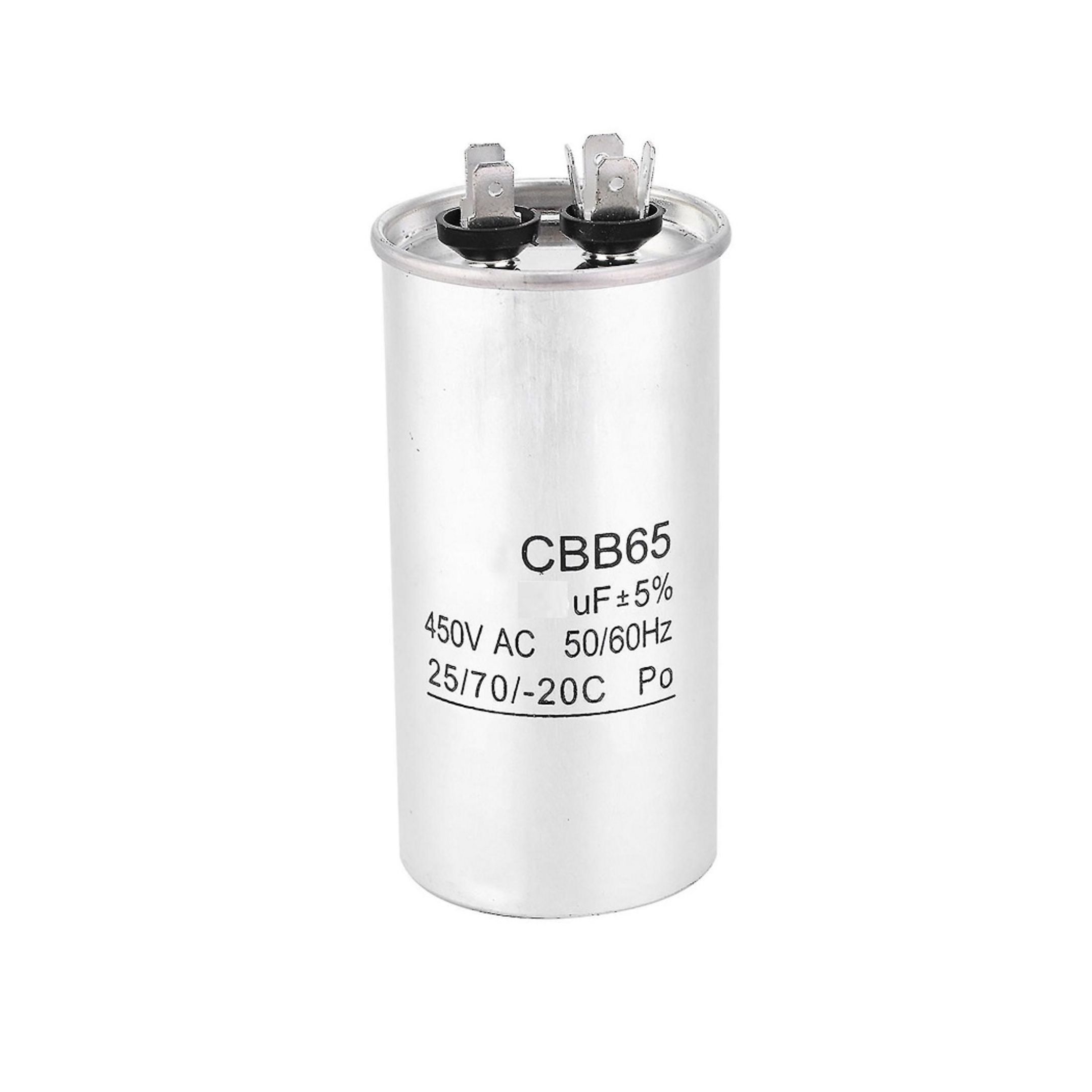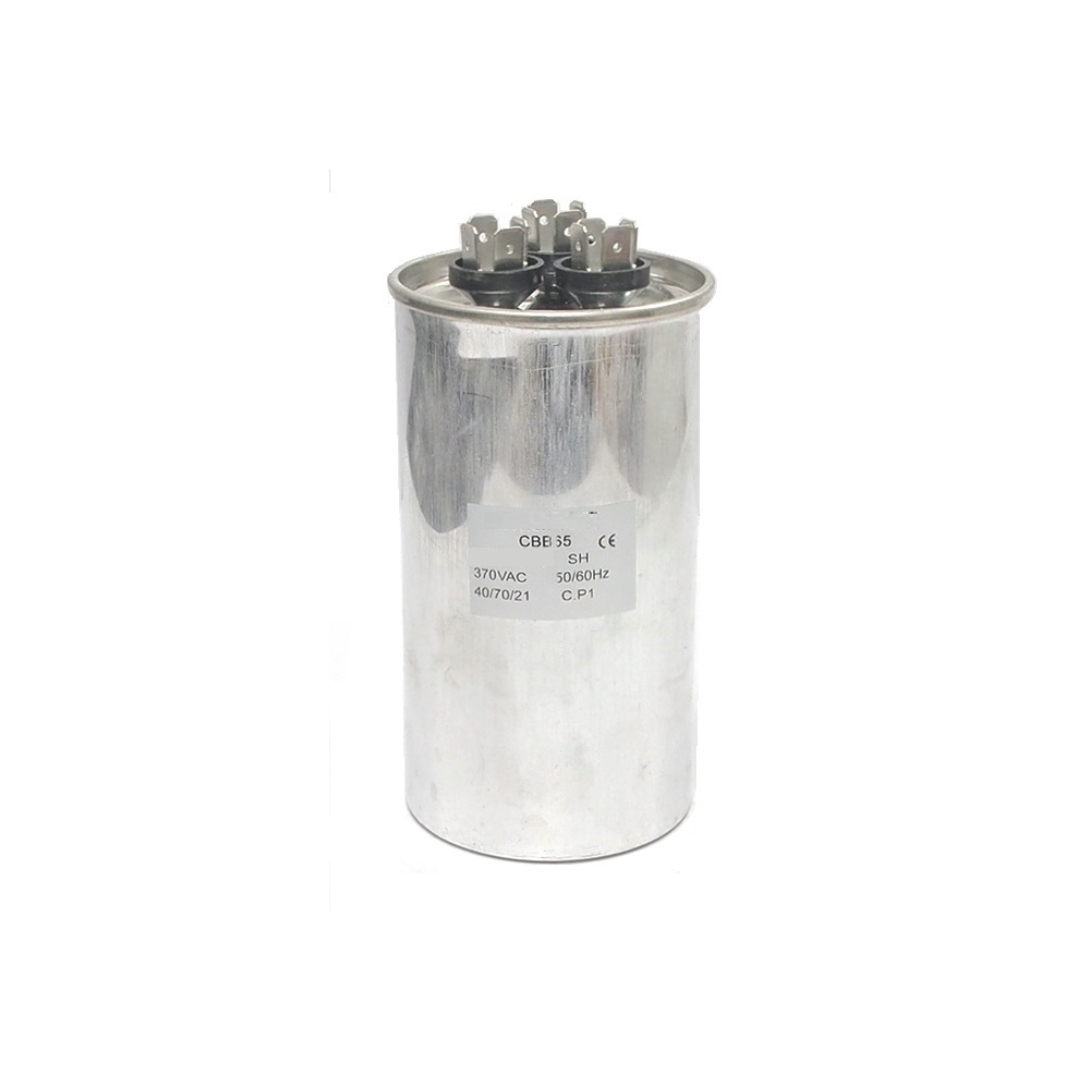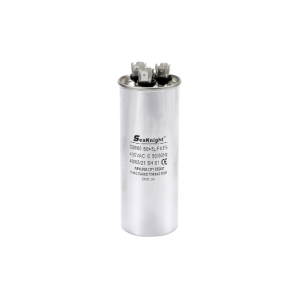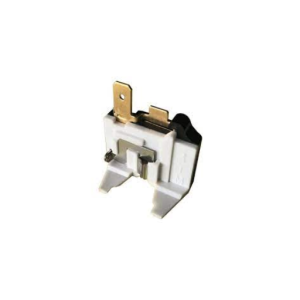Description
Industrial Grade Replacement for Central Air-Conditioners, Heat Pumps, Condenser Fan-
The Aluminium Capacitor is a crucial component for specific electrical applications.
– It is a polarized capacitor with an aluminum construction, designed for operation with
a higher voltage on the anode compared to the cathode.
– Adherence to polarity guidelines is essential to prevent catastrophic consequences such as
explosion or fire.
– Some capacitors are bipolar, allowing operation with either polarity for enhanced versatility.
– The Aluminium Capacitor ensures optimal performance and safety within specified guidelines.
– It is lightweight, heat-resistant, and suitable for various electrical circuits, including AC motors
in industrial applications.
Operating temperature: -40 ℃ to +70℃ / -104℉ to +158℉
Used for start-up and operation of AC motors with a frequency of 50Hz/60Hz such as
Motors, and Compressors.
Specifications:
| Shell material | Metal |
| Dielectric Material | Metallized polypropylene film |
| Tolerance | ±5% |
| Frequency | 50 / 60Hz |
| Safety rated | 10,000 AFC |
Questions
1. What is the purpose of the third terminal in a 3-terminal aluminum capacitor?
The third terminal acts as a **ground or shield** to reduce electromagnetic interference (EMI)
and high-frequency noise. It enhances the capacitor’s performance in noise-sensitive circuits,
such as power supplies and audio systems.
2. How does a 3-terminal aluminum capacitor differ from a standard 2-terminal capacitor?
Unlike standard 2-terminal capacitors, the 3-terminal version includes an additional terminal that
provides noise filtering and improved stability. This makes it more effective in high-frequency
applications where noise reduction is critical.
3. Where are 3-terminal aluminum capacitors commonly used?
These capacitors are widely used in:
– Power supply circuits(e.g., switching power supplies)
– Motherboards and PCBs
– Audio equipment(e.g., amplifiers and speakers)
– Industrial electronics (e.g., motor drives and inverters)
4. Are 3-terminal aluminum capacitors polarized?
Yes, like standard aluminum capacitors, 3-terminal capacitors are **polarized**. They must be
installed with the correct orientation to avoid damage or failure.
5. What are the advantages of using a 3-terminal aluminum capacitor?
– Noise reduction due to the shielding effect of the third terminal.
– Improved stability in high-frequency circuits.
– Low ESR for efficient energy transfer.
– Compact design despite the additional terminal.
6. Can I replace a 2-terminal capacitor with a 3-terminal capacitor?
Yes, but it depends on the circuit design. The third terminal must be properly connected to a
ground or shielding point to utilize its noise-reduction capabilities. Always check the circuit
requirements before replacement.
7. How do I identify the terminals on a 3-terminal aluminum capacitor?
The terminals are typically labeled as:
– Positive (+) terminal
– Negative (-) terminal
– Ground/Shield terminal (often marked as “G” or left unmarked)
Refer to the capacitor’s datasheet for precise identification.
8. What should I consider when selecting a 3-terminal aluminum capacitor?
Key factors include:
– Capacitance value
– Voltage rating
– Operating temperature range
– ESR (Equivalent Series Resistance)
– Physical size and terminal spacing








Reviews
There are no reviews yet.